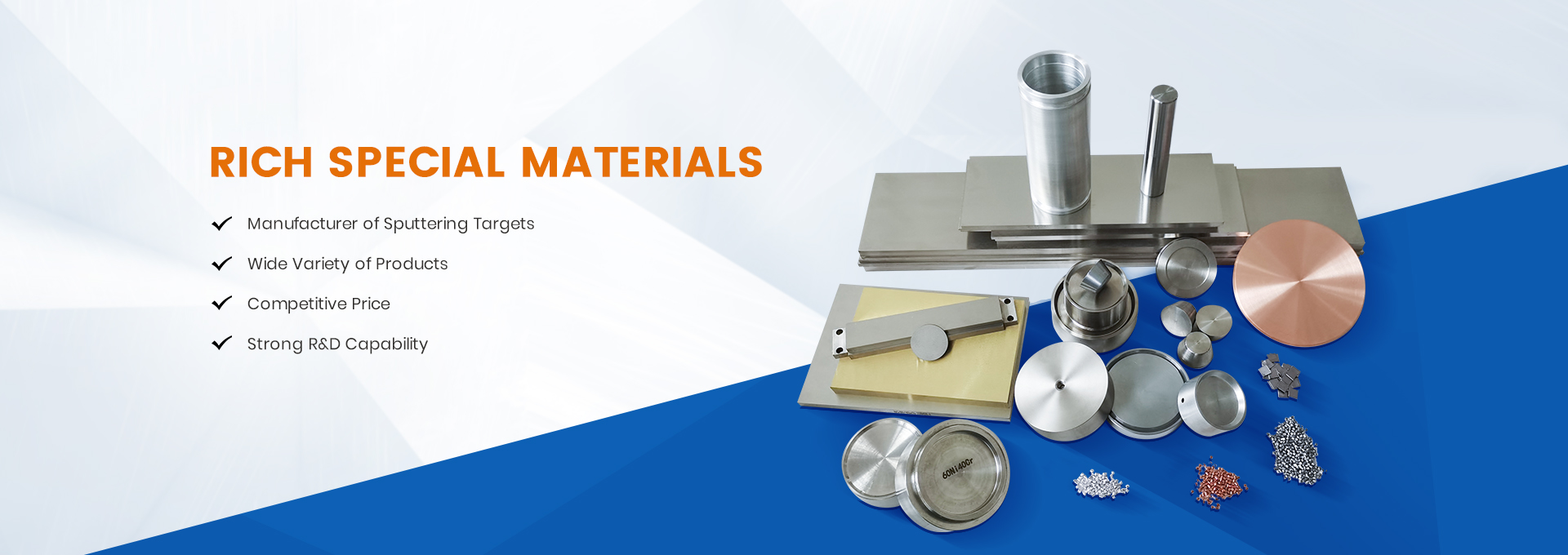Vacuum coating refers to heating and evaporating the evaporation source in vacuum or sputtering with accelerated ion bombardment, and depositing it on the surface of the substrate to form a single-layer or multi-layer film. What is the principle of vacuum coating? Next, the editor of RSM will introduce it to us.
1. Vacuum evaporation coating
Evaporation coating requires that the distance between the vapor molecules or atoms from the evaporation source and the substrate to be coated should be less than the average free path of the residual gas molecules in the coating room, so as to ensure that the vapor molecules of the evaporation can reach the surface of the substrate without collision. Ensure that the film is pure and firm, and the evaporation will not oxidize.
2. Vacuum sputtering coating
In vacuum, when the accelerated ions collide with the solid, on the one hand, the crystal is damaged, on the other hand, they collide with the atoms that make up the crystal, and finally the atoms or molecules on the surface of the solid sputter outward. The sputtered material is plated on the substrate to form a thin film, which is called vacuum sputter plating. There are many sputtering methods, among which diode sputtering is the earliest one. According to different cathode targets, it can be divided into direct current (DC) and high frequency (RF). The number of atoms sputtered by impacting the target surface with an ion is called sputtering rate. With high sputtering rate, the film formation speed is fast. The sputtering rate is related to the energy and type of ions and the type of target material. Generally speaking, the sputtering rate increases with the increase of human ion energy, and the sputtering rate of precious metals is higher.
Post time: Jul-14-2022




